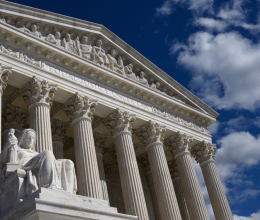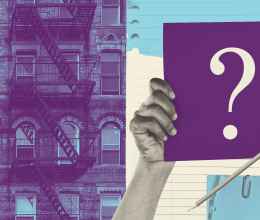
Student Debt and the Class of 2020 is TICAS’ sixteenth annual report on the student loan debt of recent graduates from four-year colleges, documenting changes and variation in student debt across states and colleges.
Unless otherwise noted, the figures in this report are only for public and private nonprofit colleges because virtually no forprofit colleges report what their graduates owe. State averages for debt at graduation in 2020 ranged from $18,350 (Utah) to $39,950 (New Hampshire), and new graduates’ likelihood of having debt varied from 39 percent (Utah) to 73 percent (South Dakota).
In 19 states, average debt was more than $30,000, and it was over $35,000 in six states. Many of the same states appear at the high and low ends of the spectrum as in previous years. High-debt states remain concentrated in the Northeast and low-debt states are mainly in the West. See page 11 for a complete state-by-state table for 2020.
The private student loan market has increased rapidly in recent years from $92.6 billion in 2014 to $136.3 billion in 2021, and now comprises about eight percent of all undergraduate and graduate debt. While there is broad consensus that students should exhaust federal loan eligibility before turning to other types of loans, the most recent federal data show that more than half of undergraduates who take out private loans have not used the maximum available in federal student loans. Private debt also varies greatly across states and colleges. Among 2020 bachelor’s degree graduates, the share of private loan borrowers exceeded 15 percent in ten states, and average private debt topped $40,000 in another ten states.
Available data on the impact of the COVID-19 pandemic on current students and borrowers suggest a cause for concern about college affordability and unaffordable debt burdens. The health crisis and its impacts on higher education have coincided with sharp declines in enrollment among Black, Indigenous, and People of Color (BIPOC) students and students from low-income backgrounds. And while historic levels of public investment in both federal safety nets and higher education specifically helped lessen the blunt of the economic impact of the pandemic for many, financial supports have not resolved persistent inequities that predated the crisis. Prior to the emergency pause on most federal debt payments, too many students struggled with their debt, and certain students – including Black, low-income, and first-generation students and students who attended for-profit colleges – were more likely to default on their loans.
This report includes federal policy recommendations to reduce debt burdens and manage repayment in the wake of COVID-19 and beyond. Some of these recommendations may be addressed by the Biden Administration, including through the negotiated rulemaking process the U.S. Department of Education currently has underway, others will require Congressional action. States and colleges can implement their own policies that would go a long way in reducing debt burdens and better supporting students.







